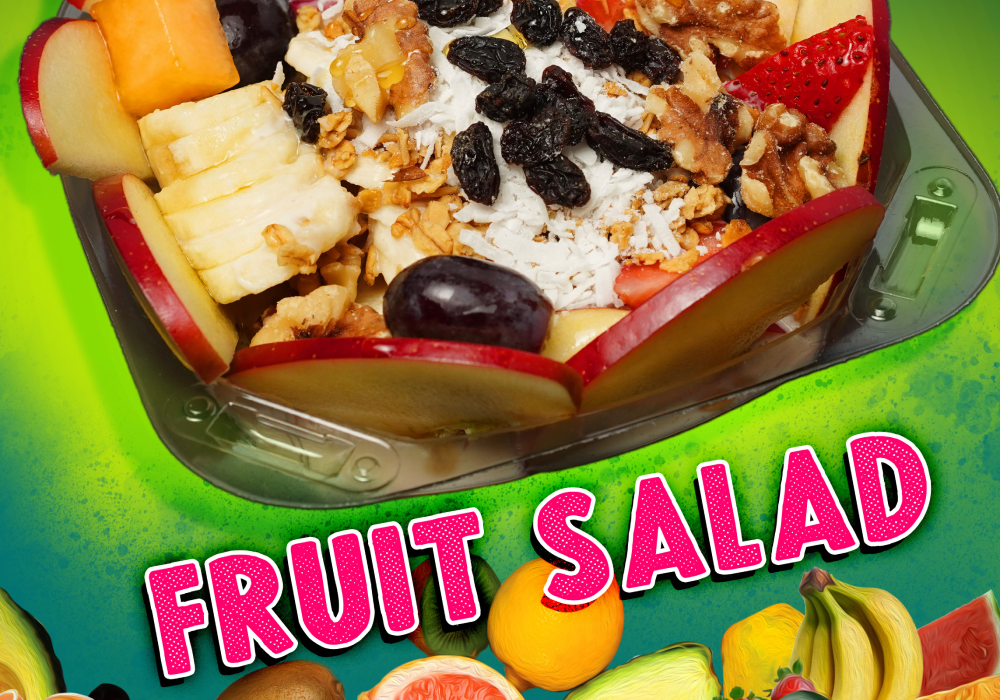Nutrition
DEFINITIONS
Antioxidants: Antioxidants are selective and act against undesirable oxygen reactions which produce free radicals but do not interfere with oxygen activity that is beneficial for the body. Antioxidants scavenge free radicals and neutralize their damage rendering them harmless. Antioxidants can be found in foods high in Vitamin A, C, and E.
Free Radicals: Created by the presence of too much or too little oxygen, free radicals create toxic byproducts. These highly reactive substances can damage cell structures, impair immunity, and alter DNA codes. Free radicals occur naturally during the metabolic process, however processed foods, lifestyle, and environmental toxins are also culprits.
Inflammation:
Acute Inflammation is a good thing. It is the body’s response in the healing of wounds and defending against bacteria and viruses.
Chronic Inflammation is a not a good thing. The body’s immune response is in constant defense mode. This is brought on by lifestyle, environment, and a myriad of auto immune conditions. Taking a proactive stance, quitting smoking, losing weight, exercise, and eating a healthy well-balanced diet are a few practical considerations in combating chronic inflammation.
Foods, including healthy fats, nuts, seeds, oils, fresh fruits and vegetables, turmeric, ginger, garlic, whole grains, and bee pollen are thought to contain anti-inflammatory properties.
Gluten: A form of protein found in some grains.
Gliadin:Protein present in gluten and toxic to ALL intestinal tissue, although it takes large quantities to cause any damage. However, in Celiac Disease, sufferers are sensitive to gluten, their villi (hair-like projectiles in the intestines which increase surface are for vitamin absorption) become damaged as a result of gluten ingestion.
VITAMINS & FOODS HIGH IN ANTIOXIDANTS
Vitamin E: Found in almonds, walnuts, peanut butter, sea greens, and dark leafy green vegetables.
Beta Carotene: Converts to Vitamin A as needed in the liver. Found in yellow and orange fruits and vegetables, dark leafy greens, and sea greens. Needs fat and zinc for absorption.
Selenium: Increases the absorption of Vitamin E and Vitamin A. Found in nutritional yeast, garlic, celery, mushroom, and onion.
Vitamin C: Good for collagen production, wound healing, and helps boost the absorption of other antioxidants. Found in citrus fruits, green pepper, green vegetables, cauliflower, and broccoli.
Fat-Soluble Vitamins: Vitamins A, D, E, and K. They are stored in the liver and fatty tissue and are eliminated more slowly than water-soluble vitamins. Fat-soluble vitamins are not lost when cooked. Excessive consumption of these vitamins in supplemental form can result in toxicity. This does not occur in food sources.
Water-Soluble Vitamins: B Vitamins and Vitamin C are quickly eliminated and must be replaced daily. They are easily compromised, though proper refrigeration inhibits nutrient destroying enzymes. Produce should be washed and not soaked, as soaking washes away water-soluble vitamins.
Minerals: Allow the body to absorb nutrients, aiding in metabolic function, oxygen transport, and emotional well-being. They keep the body’s pH balanced (alkaline).
MAXIMIZERS
Vitamin A needs fat and zinc for absorption.
Calcium, Magnesium, and Vitamin D function together.
Vitamin E and Vitamin A absorption increases with selenium.
Vitamin C may enhance absorption of non-heme iron (plant-based iron).
Vitamin D aids in calcium and phosphorus absorption.
Too much sodium can boost blood pressure. Potassium counters this, allowing the kidneys to flush excess sodium.
Disclaimer: These statements have not been evaluated by the FDA and are not intended to diagnose, treat, cure, or prevent any disease. These suggestions are not intended as a substitute for your physician.

































